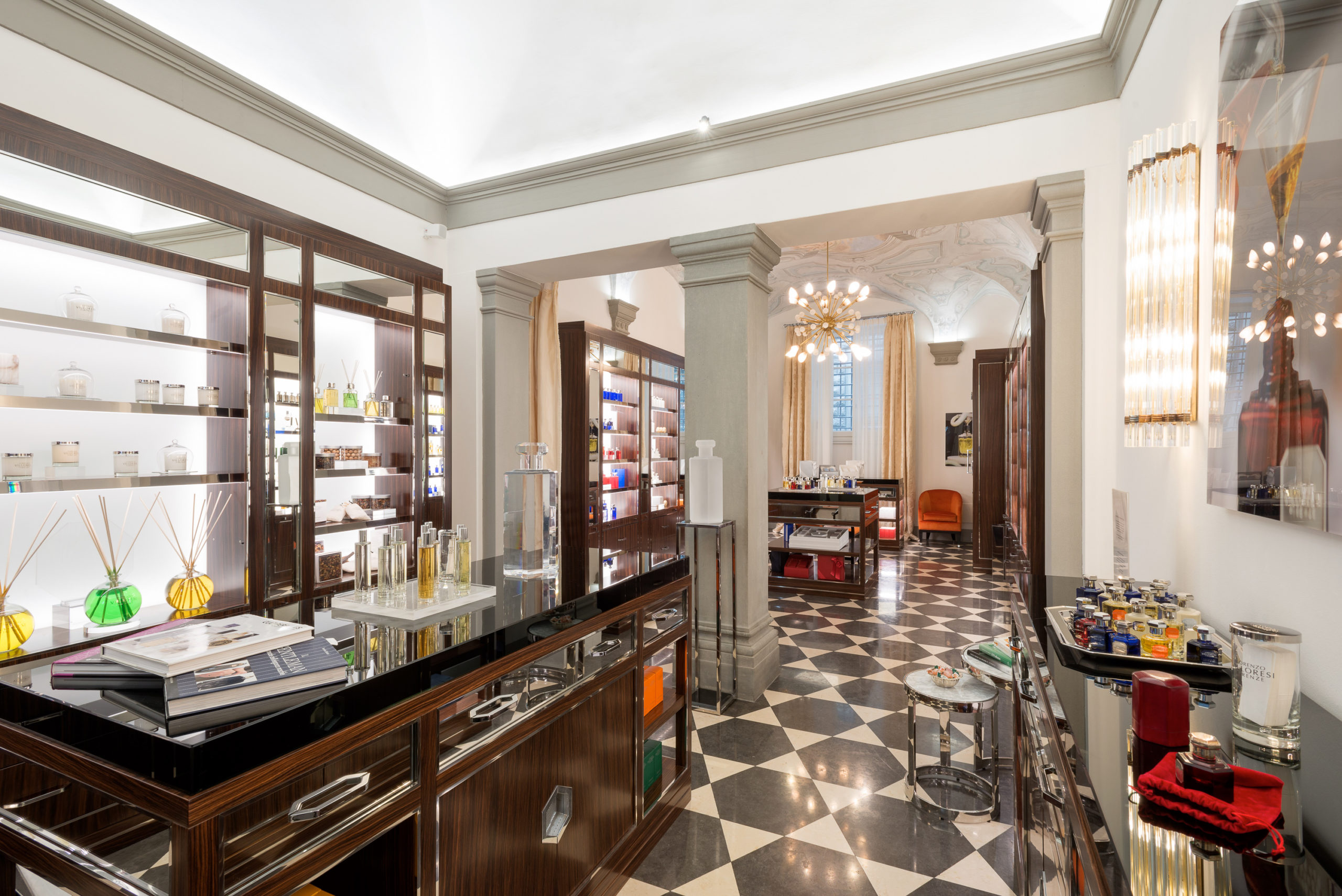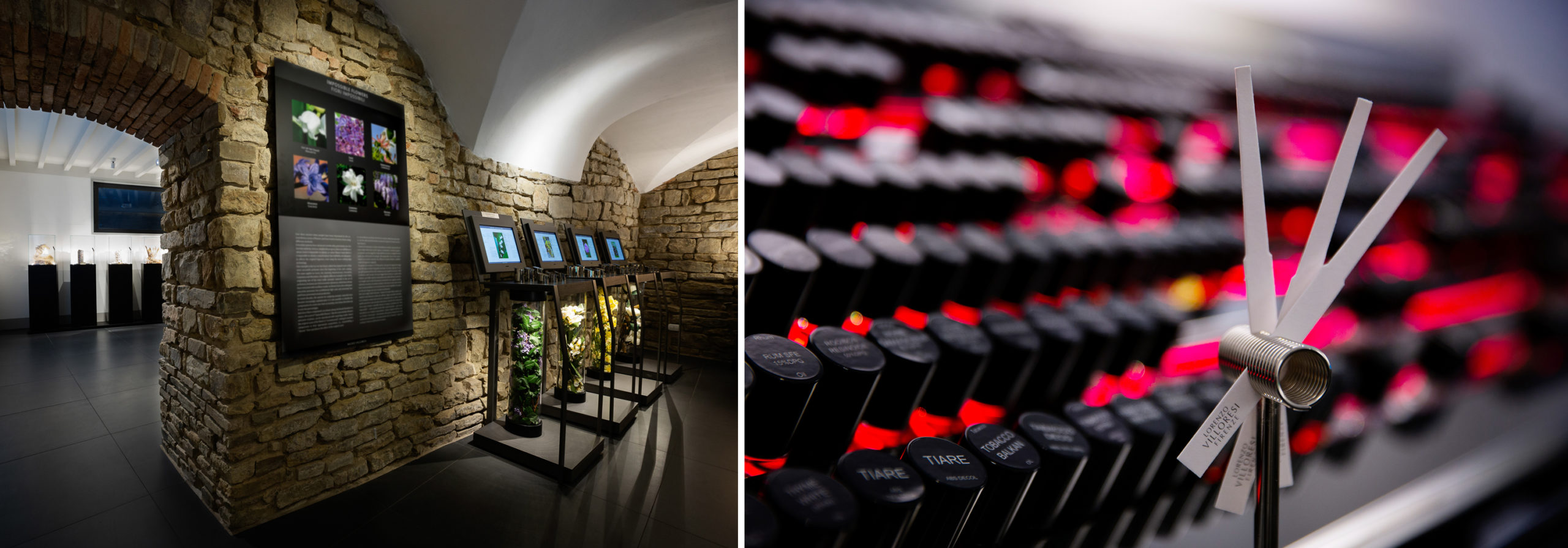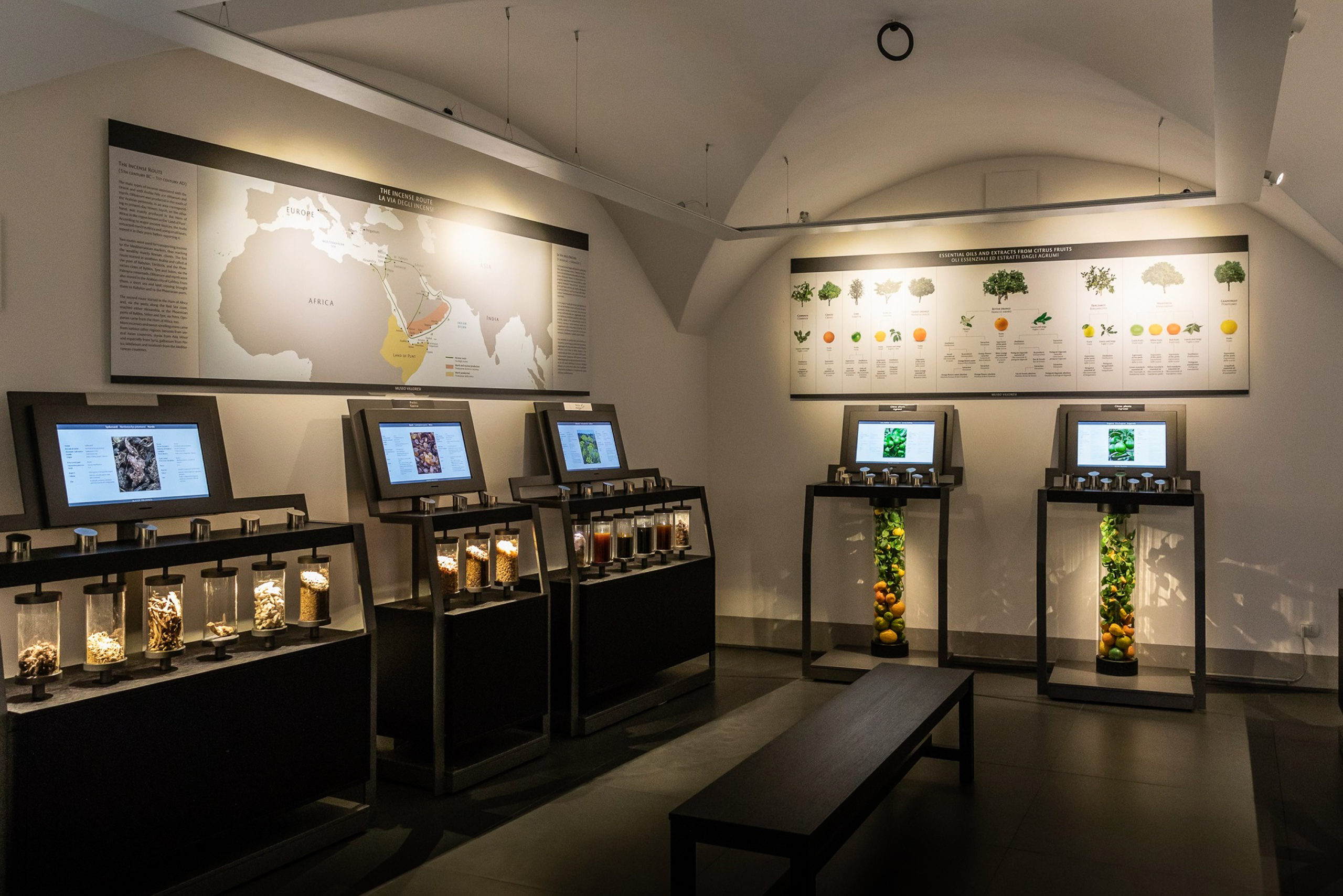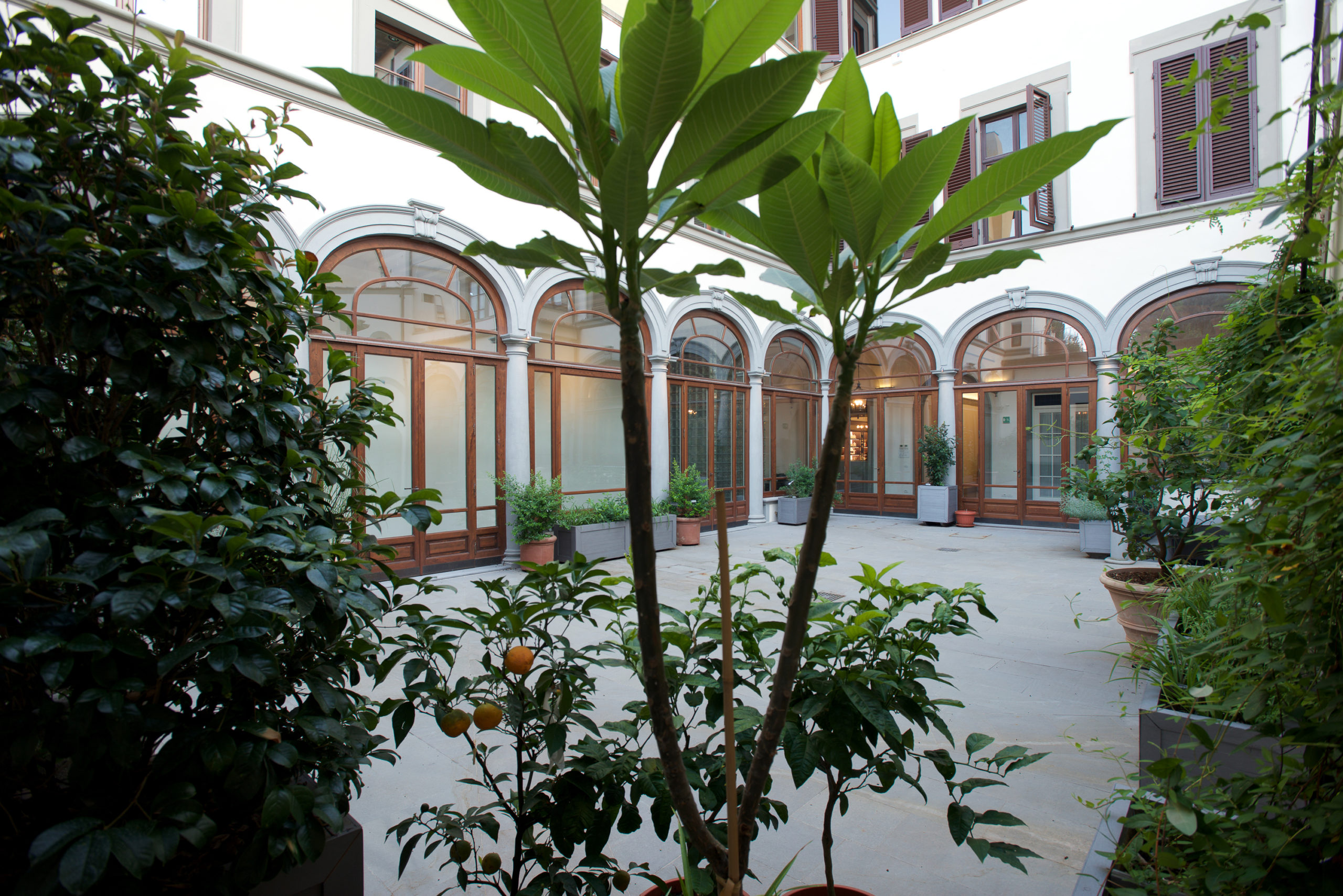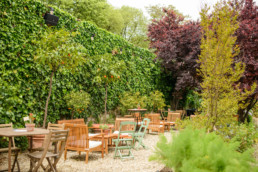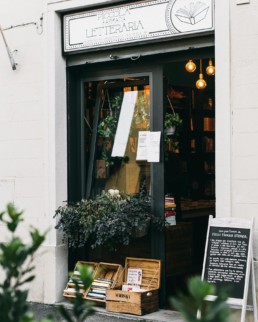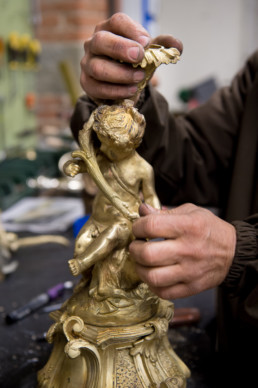How is a perfume made? What ingredients are used and how are they combined to create a perfume that expresses something universal, something beyond the whim of fashions? These are the questions that Lorenzo Villoresi had been asking since 1990, when he undertook his journey to discover the world of perfumes. In 2019, he answered them by opening the Museo Villoresi in Florence, in Via de’ Bardi 12, a 15-minute walk from the Hotel Principe.
Lorenzo’s journey started in the Middle East, where he traveled often for his work as a university researcher. He was always fascinated by its spices and their pungent, enchanting aromas. With the help of perfumers and chemists, he delved into the subject, starting to experiment with distillation and composition. Just as he loves to cook, mixing different ingredients and drawing on the cuisine of ancient Rome and the East, he loves to experiment with different combinations of essences, seeing how the materials react when they come into contact with each other. He started making perfumes for his friends who then inspired him to make new ones: “Can you make it fresher for me? More floral? Fruiter?”
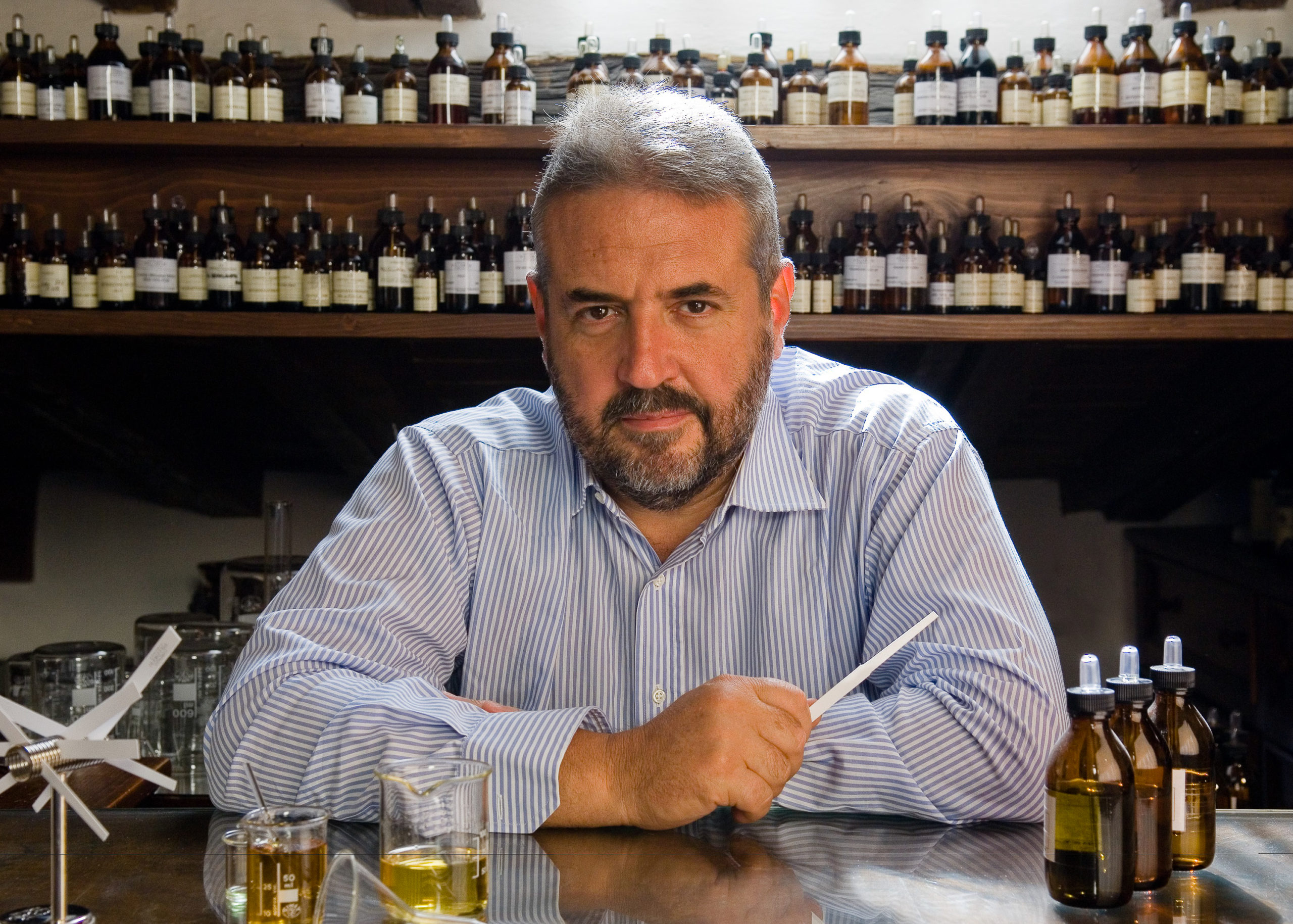
His passion ultimately spurred him to make the leap from experimenting to become a master perfumer. As his wife Ludovica says, “When Lorenzo becomes passionate about something, he studies it through and through.” Creating perfumes became his full-time, ever-evolving pursuit, and the Maison Villoresi was born with a collection, which now includes perfumes and more: potpourri, scented candles, granular incense, and so forth.
A guided tour of the museum (in Italian, English or other languages, upon request) lets you experience and learn about the perfumes following in Lorenzo’s footsteps. First we find the raw materials of the perfume ingredients, divided by families. Some are also in the garden on the terrace, where Ludovica Villoresi grows about eighty plants used in the perfumery, including patchouli and frangipani, and a collection of citrus fruits, including, of course, bergamot. These are plants we rarely see “in person,” because they come from faraway countries … Ludovica’s never-ending challenge is how to make them grow in Florence.
The heart of the museum is the Osmorama, a “library” containing over 1,000 scents, including ingredients usually not available to the public, as well as many natural fragrances (such as roses, each one differing based on the country of origin), and synthetic ingredients that can be as lovely as natural ones, such as the alcohol that recreates the smell of grass (because you wouldn’t get the same scent by distilling grass, it has to be synthesized).
Take this journey of discovery and let yourself be led by your nose and through the perfumes that help us rediscover the sensuality deep within.
